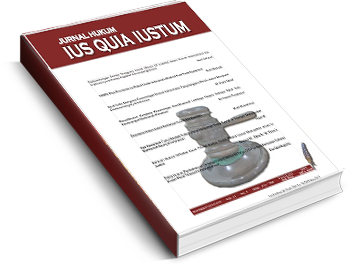Main Article Content
Abstract
The problems in this research are: first, how is grandchildren’s inheritance right in the jurisdiction of Islamic Supreme Court in Selangor, Malaysia and Supreme Court in Indonesia? Second, how is the comparison of grandchildren’s inheritance right in those two jurisdictions; and how is the pattern of the distribution of inheritance to grandchildren? This research used comparative approach. The discussion was presented in descriptive analysis. The data analysis was qualitative and normative-juridical. The findings show that: first, grandshildren’s right mentioned in the old fiqh mujtahid is revised in fiqh of consitutions in Selangor and in Indonesia. Grandchildren’s inheritance right, based on the jurisdiction in Selangor, is called as wajibah, and in Indonesia it is called as heir substitute (ahli waris pengganti). Second, there are both similarities and differences between those two jurisdictions. The one in Selangor is a result of ijtihad tatbiqi which is in line with Islamic law principles. Grandchildren from the male side whose parents pass away first will receive inheritance right. Grandchildren from female side do not receive any right. The portions that grandchildren receive can be governed in inheritance status or last will which maintains justice. The jurisdiction of grandchildren’s inheritance right in Indonesia is resulted from customary law which is adopted from Netherland’s civil law. It is a part of culture which is not based on religious principle (syahadat), is against justice principle, ijbari principles, is not in line with inheritance elements, and is against the priority principle and hijab.
Keywords
Article Details
Authors who publish with this journal agree to the following terms:
a. Authors retain copyright and grant the journal right of first publication with the work simultaneously licensed under a Creative Commons Attribution License that allows others to share the work with an acknowledgement of the work's authorship and initial publication in this journal.
b. Authors are able to enter into separate, additional contractual arrangements for the non-exclusive distribution of the journal's published version of the work (e.g., post it to an institutional repository or publish it in a book), with an acknowledgement of its initial publication in this journal.




